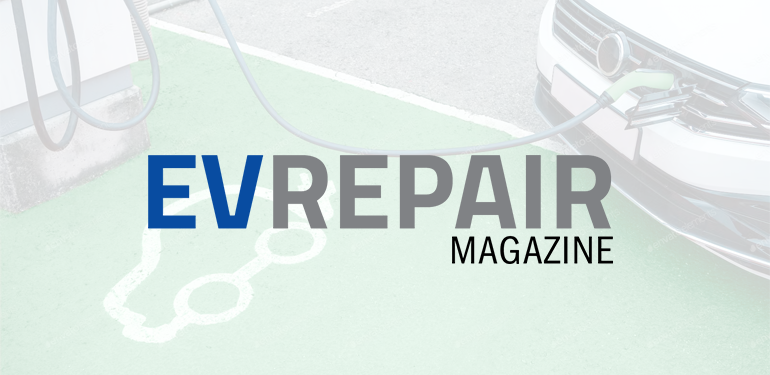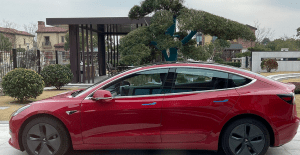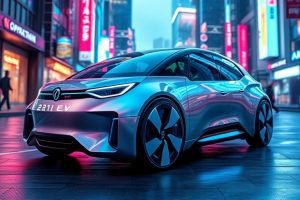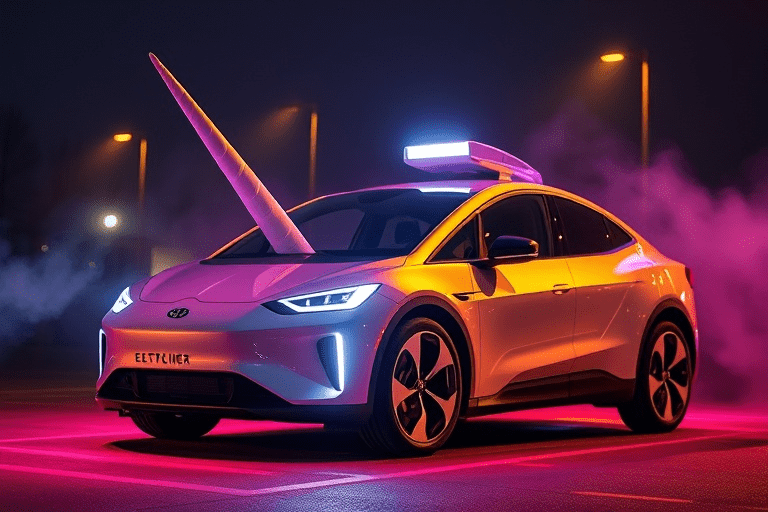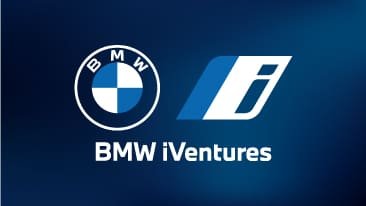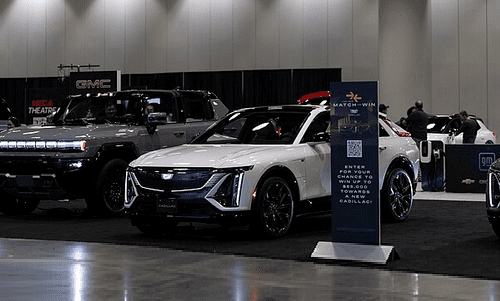Toronto, Ontario — This weekly edition of the electric and autonomous vehicle report explains an upcoming reason you may see tailgating semis in Alberta; British Columbia’s electrification new energy program and a Chinese driver’s success in suing Tesla overseas.
Piloting the platoon
If you see a bunch of trucks driving way too close together on the Queen Elizabeth II highway leading to Edmonton as well as the Trans Canada highway to Banff, Alberta, don’t worry, they’re part of an autonomous pilot project. Oh, and their operators also have a bunch of wires strapped to them to monitor their behaviours. Totally cool, right?
The study, conducted by the Alberta provincial government will focus on a method of autonomous delivery transportation referred to as “platooning,” which is when two or more trucks drive automatically and are linked using technology and automated driving support systems.
There is, however, a driver behind the wheel of the vehicle as it’s being operated, said Alberta Motor Transport Association board chair, Jude Groves.
“Their monitoring the traffic around their job. Essentially, responsibilities have not changed outside of being supported by some additional technology.”
University of Alberta professor in psychology and neuroscience Anthony Singhal is leading a team of researchers on the project. He and his team will look at a number of variables, including baseline driving, in a single track without any automation; a single truck with automation and in the platooning system with automation to conduct all comparisons.
They also want to know what is physically happening to drivers behind the wheel.
“We’re using psychophysiological measures; we’re going to collect their brainwaves, their heart rate data, their eye movement data, while they’re driving on this platooning system,” said Singhal.
Curtis Mann will be one of those truck drivers behind the wheel. He comes with two decades of driving experience.
“Twenty years ago if you’re to tell me that we would have such sophisticated computer systems where the trucks can virtually drive themselves with very little input, I would have told you you’re crazy,” said Mann. “And yet here we are 20 years later, it’s like it’s a reality.”
Mann said he volunteered because he wants to be on top of the technological changes in his industry.
“At the end of the day I want to be part of something where it helps bring awareness to the fatigue aspect of driving,” said Mann. “So we can address that so there are less tired drivers on the road.”
The platoon trucks and the technology were tested on a closed track in Quebec for two weeks before making their way to Alberta highways.
“This isn’t like it’s untested,” said Groves. “It’s been trialled on tracks, it’s been trialled in a number of other countries within Europe as well, in the U.S. and proven successful.
“This is looking at more of the impact of the driver and ensuring that the driver’s cognitive and psychological impacts are truly understood as this technology becomes more mainstream.”
Long story short, if you see a bunch of semis driving what appears to be way too close together—it’s likely the autonomous convoy we’re referring to.
Powering the Pacific coast
BC Hydro and the provincial government have announced a new five-year plan for the Crown corporation that provides incentives for people to switch from fossil fuels to electricity in their vehicles, homes and businesses.
Under the plan announced last Tuesday, BC Hydro will spend nearly $190 million to promote fuel switching. More than $50 million will be spent to attract industries to British Columbia to run their businesses and, in turn, reduce their carbon footprint by using electricity.
“We plan to use B.C.’s clean power advantage, the power of water to transition away from using fossil fuels like gasoline, diesel and natural gas to using clean electricity over the next five years,” said Bruce Ralston, British Columbia’s minister of energy, mines and low carbon innovation.
Premier John Horgan said the plan could reduce greenhouse gas emissions by about 930,000 tonnes by 2026. That is equivalent to taking about 200,000 passenger vehicles a year off the road, he said.
The government also plans to “more than triple” its public fast-charging stations for electric vehicles by 2025, he said.
Trouble for Tesla
A driver in China has successfully sued Tesla for fraud over his purchase of a second-hand Model S after Tesla used the defence that signs of welding do not indicate structural change.
A Beijing court found Tesla had misrepresented the condition of the care bought by Han Chao for 379,700 yuan (CAD$74,437.80) on the automakers official used car platform, according to a copy of the verdict Han posted to a social media account. The car was found to have undergone major repairs following a previous incident, with the course dismissing Tesla’s defence that signs of welding indicated no “structural change.”
Tesla was ordered to refund the cost of the car and pay damages of three times the purchase price – taking the total payout to more than 1.5 million yuan (CAD$293,830.56), according to the copy of the ruling Han posted.




